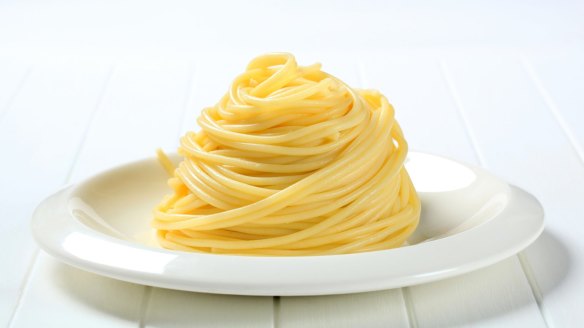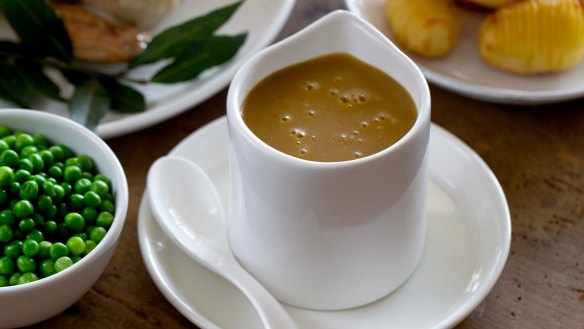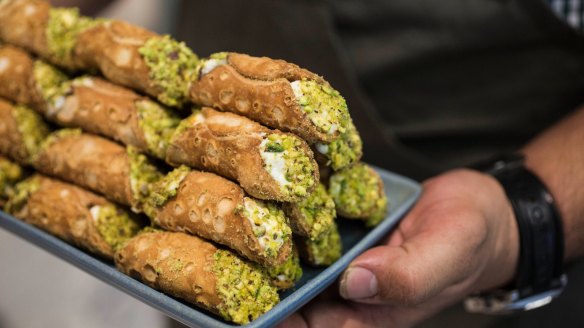Five unexpected sources of food poisoning (and how to avoid it)

It was probably the relish that knocked 38 people for six at an MCG Anzac day lunch this year. According to the Victoria's chief health officer Dr Brett Sutton the quince, fig jam and barberry relish was 'likely contaminated with something'. While relish is not a food generally associated with food poisoning 'just about any food can give you food poisoning' says Lydia Buchtman of the Food Safety Information Council.
Here are a few unexpected sources of food poisoning you may not have considered.
Cooked Rice and Pasta
Bacillus cereus is a hardy little bug. It lives on grains and normally is completely harmless, but it can survive the cooking process. After cooking B. cereus can form heat resistant spores. These can germinate and produce a toxin that causes nausea, vomiting and diarrhea in rice or pasta that is not refrigerated properly after cooking. Lightly reheating the rice or pasta will not destroy this toxin so if you're making fried rice, for example, you need to make sure the rice is thoroughly re-cooked.

Soup and Gravy
There is a common occurring bacterium called Clostridium perfingens and it is found broadly in nature and normally is harmless. It loves warm, moist and airless environments, such as a great big pot of slowly cooling soup, stew or gravy. Under these conditions the bugs can produce toxic spores that can't be destroyed by further cooking. When this toxin get into the intestines it can cause pain and diarrhea .
Fruit
We normally associate the dangerous disease listeriosis with the contamination of cheese, milk or meat by the bacterium Listeria monocytogenes. This is a bug found on plants and in soil and can be blown onto crops or splashed onto the skin as it is believed to have happened last year when four people died after eating contaminated rock melon. Another good reason to wash fruit and veg before serving.

Cream Pastries
That yummy custard in your Danish or the cream in your cannoli is the perfect breeding place for a nasty bug called Staphlococcus aureus. It produces a toxin that causes nausea, vomiting and stomach cramps. Outbreaks of this are often linked to poor kitchen hygiene with food handlers not washing their hands or not covering cuts with bandages and gloves.

Fresh Fruit Juice
Fruit juice is considered really healthy and straight from the orange it is brilliant. But if you leave raw fruit juice or vegetable juice in a warm place it provides the perfect environment in which bugs such as E. coli can breed up and cause illness. Treat fresh raw juice like you would milk and keep it in the fridge and wash down any juicing equipment thoroughly.
How to avoid food poisoning
Most food poisoning occurs because food is not properly handled. Make sure hands are washed before handling food. Store food below 5C and above 63C. Food can be kept between these temperatures safely for four hours then should be disposed of. Food kept between these temperatures for less than two hours can be safely refrigerated. Don't keep cooked food for more than a few days in the fridge.
For more information visit foodsafety.asn.au
The best recipes from Australia's leading chefs straight to your inbox.
Sign up- More:
- Health and nutrition
